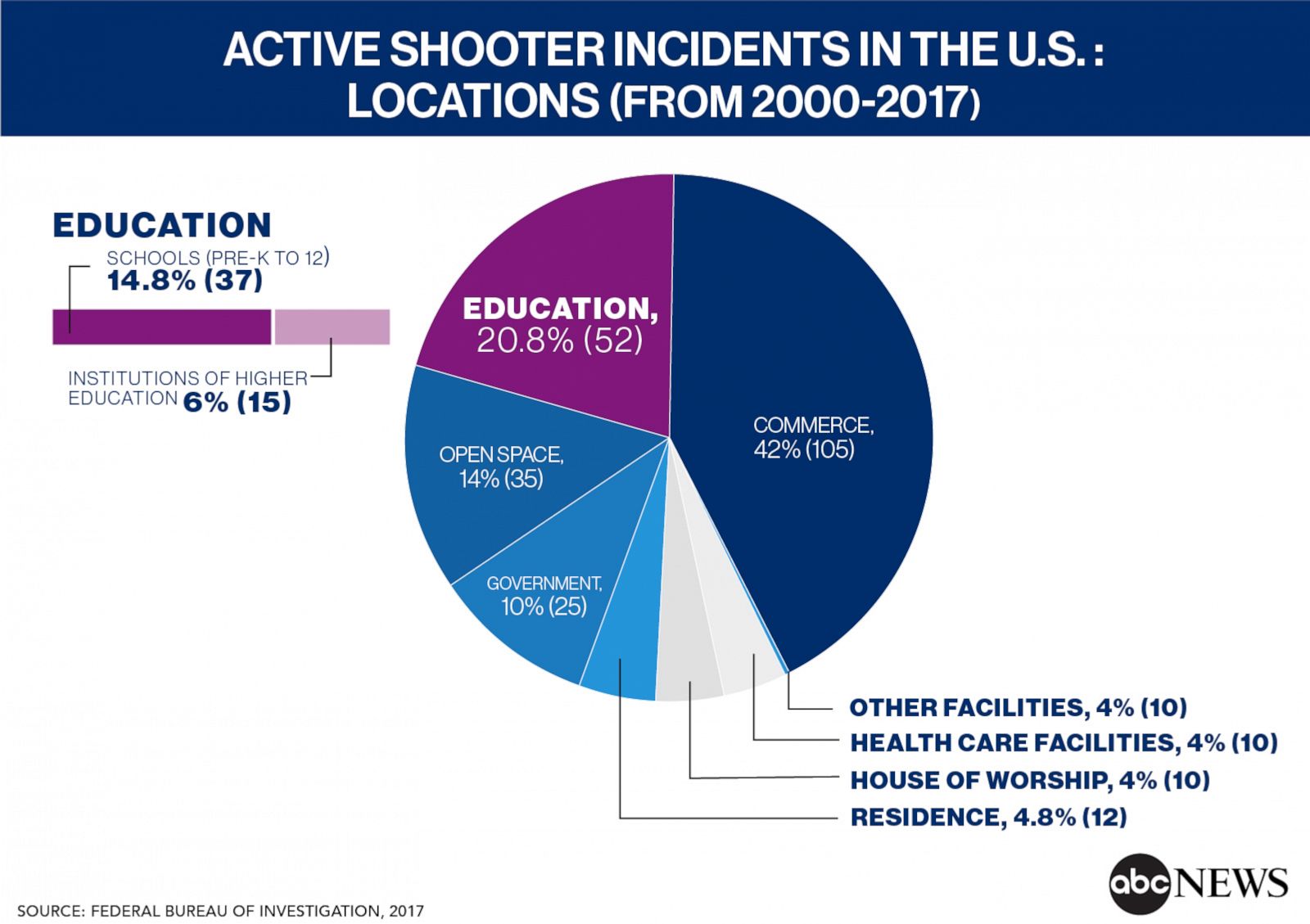Everyone knows that if you want to learn how to do something, you should get advice from people who do it well, right?
In a 4-part study, researchers from Harvard University and the University of Virginia aimed to answer this question.
Their paper entitled “Tips From the Top: Do the Best Performers Really Give the Best Advice?” was recently published in the journal Psychological Science.
Part 1
In the first part of the study, around 1,000 participants (606 females; the average age of 35 years old) were asked to play Word Scramble. Participants were asked whether they thought there might be any link between how good someone was at the game and how good they’d be at helping others play it.
The answer?
Most people stated that someone’s ability to play the game would be an indicator of how good their advice was.
Part 2
In the second part of the study, 78 people (38 males; mean age of 36 years old) were chosen to be advisers to 2,000 more people who were tasked with playing the game. The advisers’ guidance varied, with some advisers saying people should look for short words, for example, or look for certain parts of words.
At the end of this part of the study, the researchers found that guidance did tend to improve people’s performance. However, they also found that the guidance that came from the best players was not actually any more beneficial to the new players compared to the guidance given from other advisers.
 Did you know?
Did you know?
The ability to read emotions in others and in oneself has proven through research to be the strongest driver of leadership and personal excellence.
A recent study even suggests people who are in tune with their colleagues’ emotions are more likely to bring home a bigger paycheck than their emotionally-stunted colleagues!
Part 3
The third part of the study switched things up again. This time, 300 people (152 males; mean age of 34 years old) were given the guidance written by advisers in the previous part but were told not to implement them into the gameplay. Rather, they were asked to simply guess how effective the guidance would be.
It’s crucial to note that the players who were given the advice were told nothing about the performance of the people who gave it.
The results showed that the guidance provided by the most successful players was regarded as sounding better than the guidance provided by the rest—even though the previous part of the study (part 2) showed that this advice was not actually any more effective in practice.
 Part 4
Part 4
The fourth and final part of the study did not involve any gameplay. In this section, researchers analyzed the advice given by the more successful players to see why people rated it more highly. They found that the more successful performers made a higher number of suggestions than others.
“The best performers did not give better advice, but they did give more of it, and participants apparently mistook quantity for quality,” the study reads. “These studies suggest that performing and advising may often be unrelated skills and that in at least some domains, people may overvalue advice from top performers.”
Although advice from the best-performing advisors was no more beneficial than advice from other advisors, participants believed that it had been—and they believed this despite the fact that they were told nothing about their advisors’ performance. Why?
The best performers did not give better advice, but they did give more of it, and participants apparently mistook quantity for quality.
These studies suggest that performing and advising may often be unrelated skills and that in at least some domains, people may overvalue advice from top performers.
The post [STUDY] Do the Best Performers Give the Best Advice? first appeared on Humintell.

![Active Shooter Preparedness: How to Protect Your [+Checklist] - AlertMedia](https://www.alertmedia.com/wp-content/uploads/2021/07/pasted-image-0.png)

 Emotions and feelings are often confused with one another, but how do they differ?
Emotions and feelings are often confused with one another, but how do they differ?